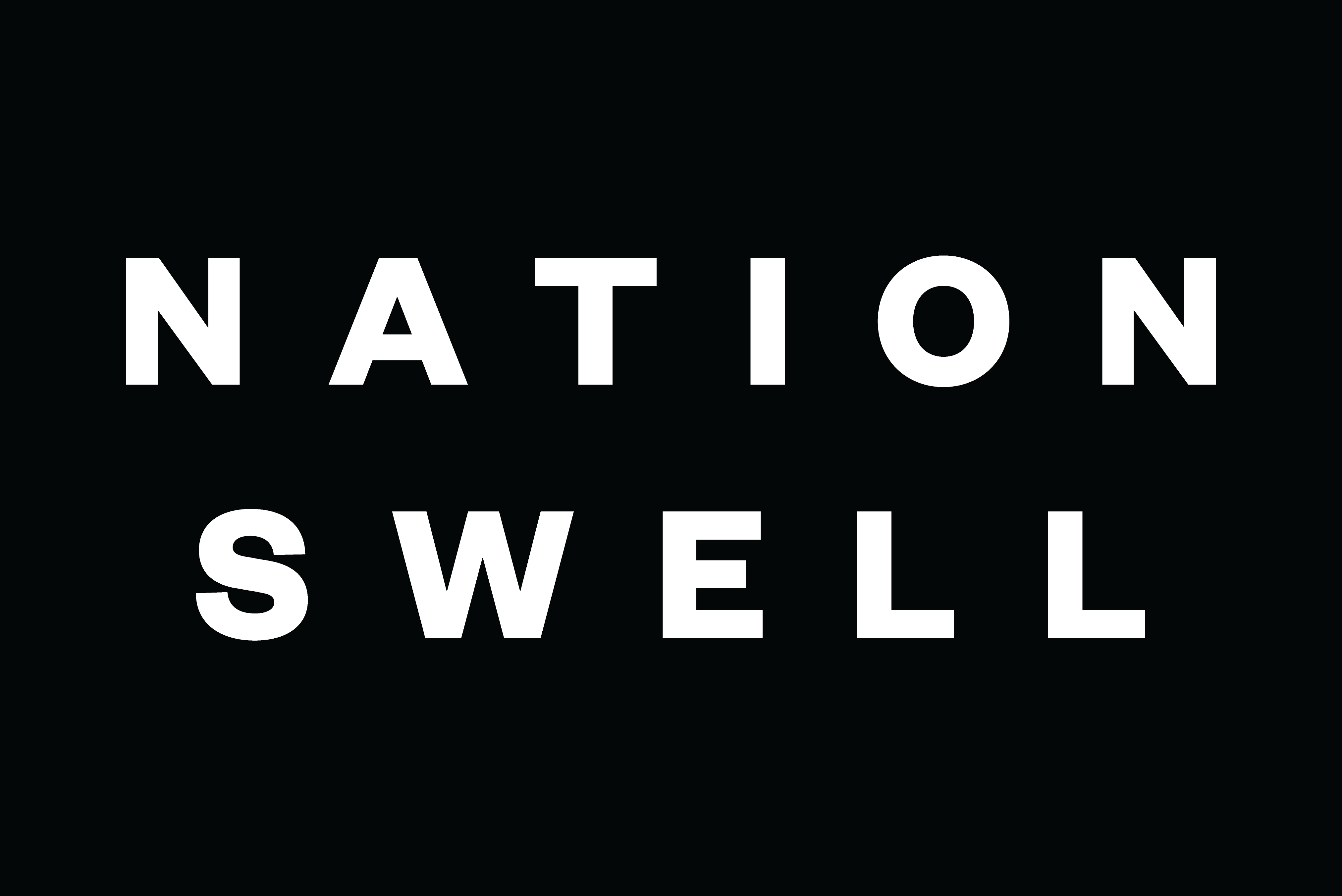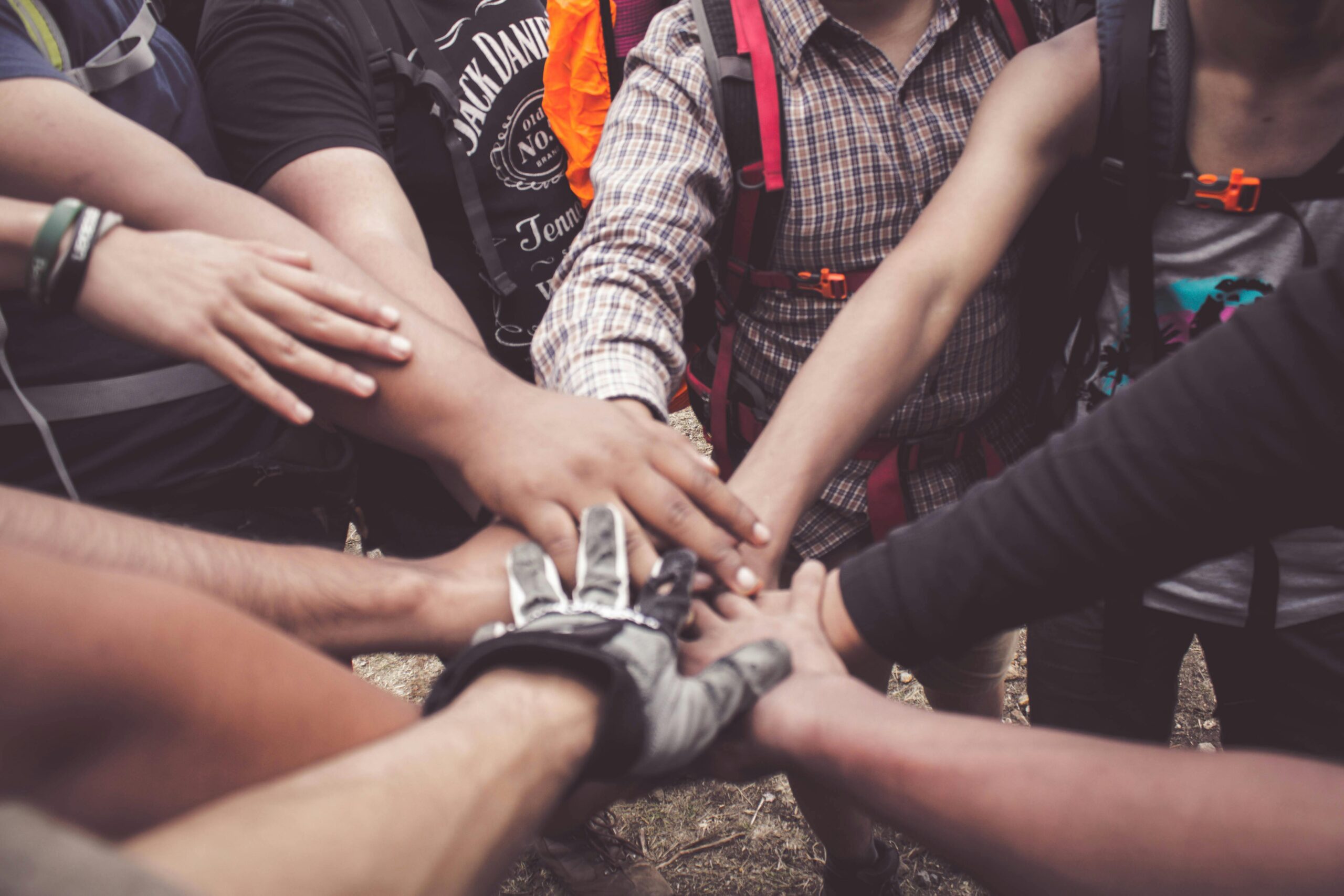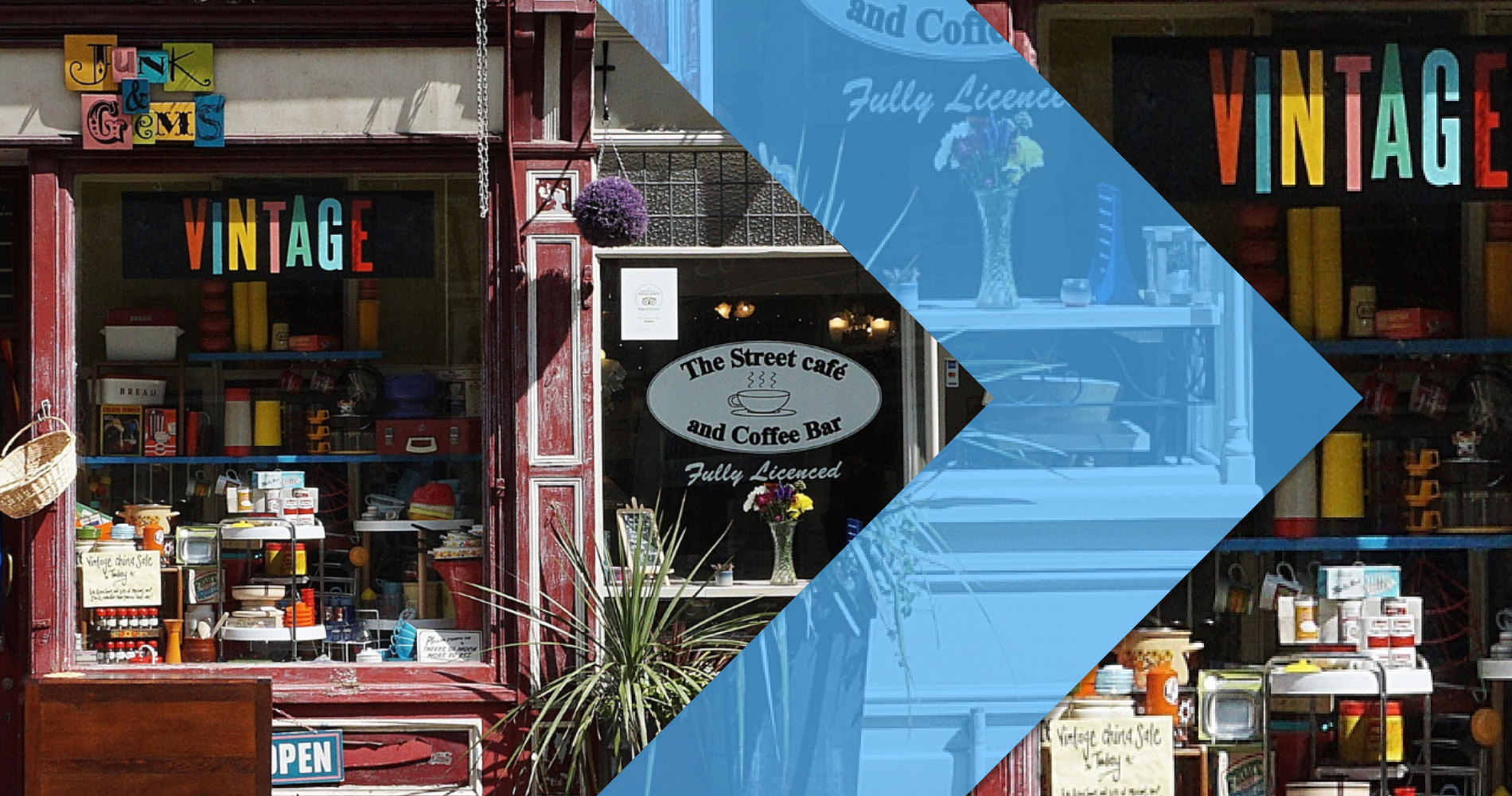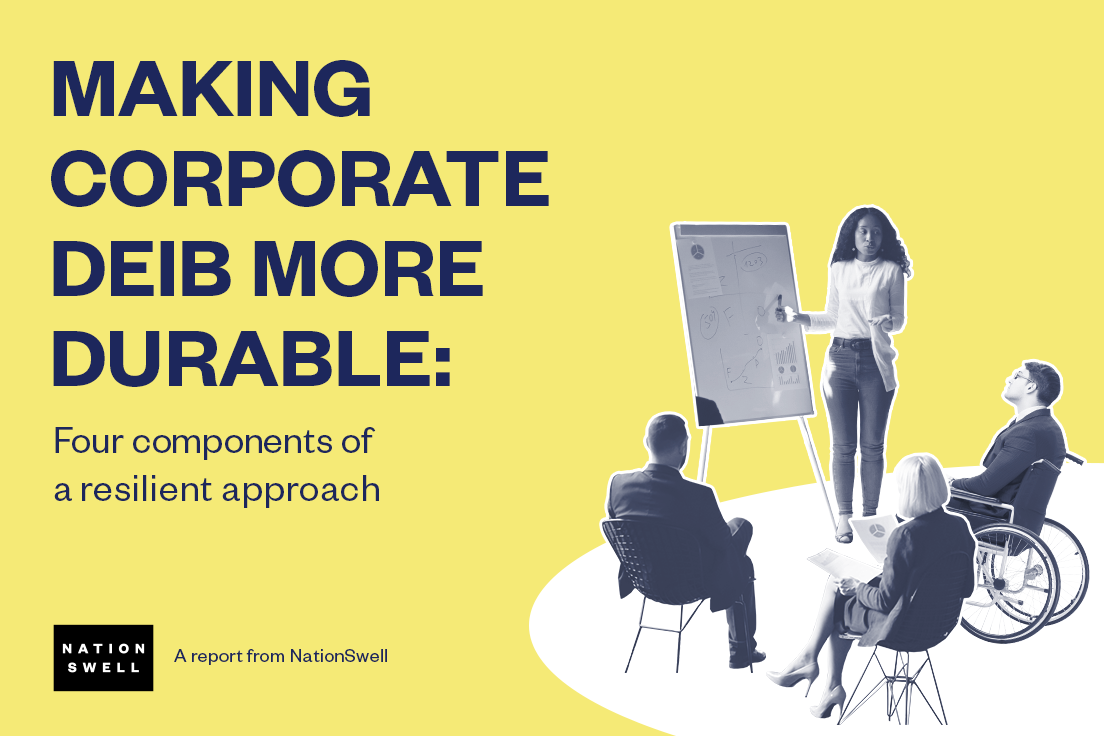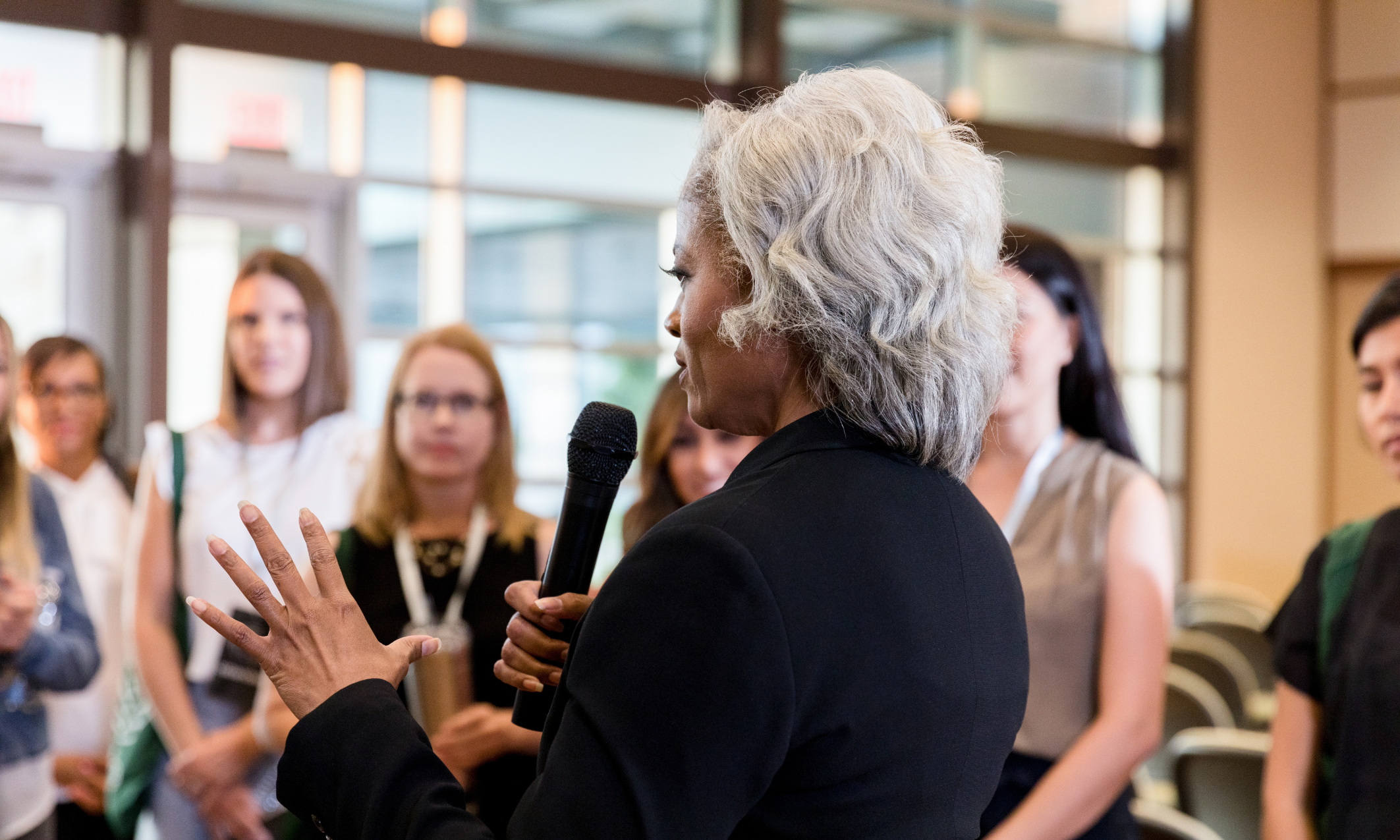Cisco | Skills-to-jobs at scale
How Cisco Networking Academy is transforming the lives of learners
The idea for Cisco Networking Academy was born in 1997. Cisco employees returned to an under-resourced school where they had donated state-of-the-art networking equipment. They were excited to see how students and educators were being empowered by the technology. Instead, they found the equipment sitting unused. The lesson learned that day was that technology alone is not enough; without the knowledge and skills to use it, even the best equipment’s potential will go untapped.
Cisco recognized that for networking technology to truly expand and thrive, there needed to be a workforce capable of installing, configuring, and maintaining those networks. There was a critical skills gap: educators and students lacked the training to leverage the new technology, and there was no established pathway to build that expertise at scale.
Beyond just technical skills, Cisco also saw an opportunity to transform lives by providing inclusive access to technology education. Cisco sought to use its own technology and vast networking expertise to create clear pathways for both new learners and those reskilling or upskilling, ensuring they become prepared for the jobs of today and tomorrow. Thus, Networking Academy was launched.
